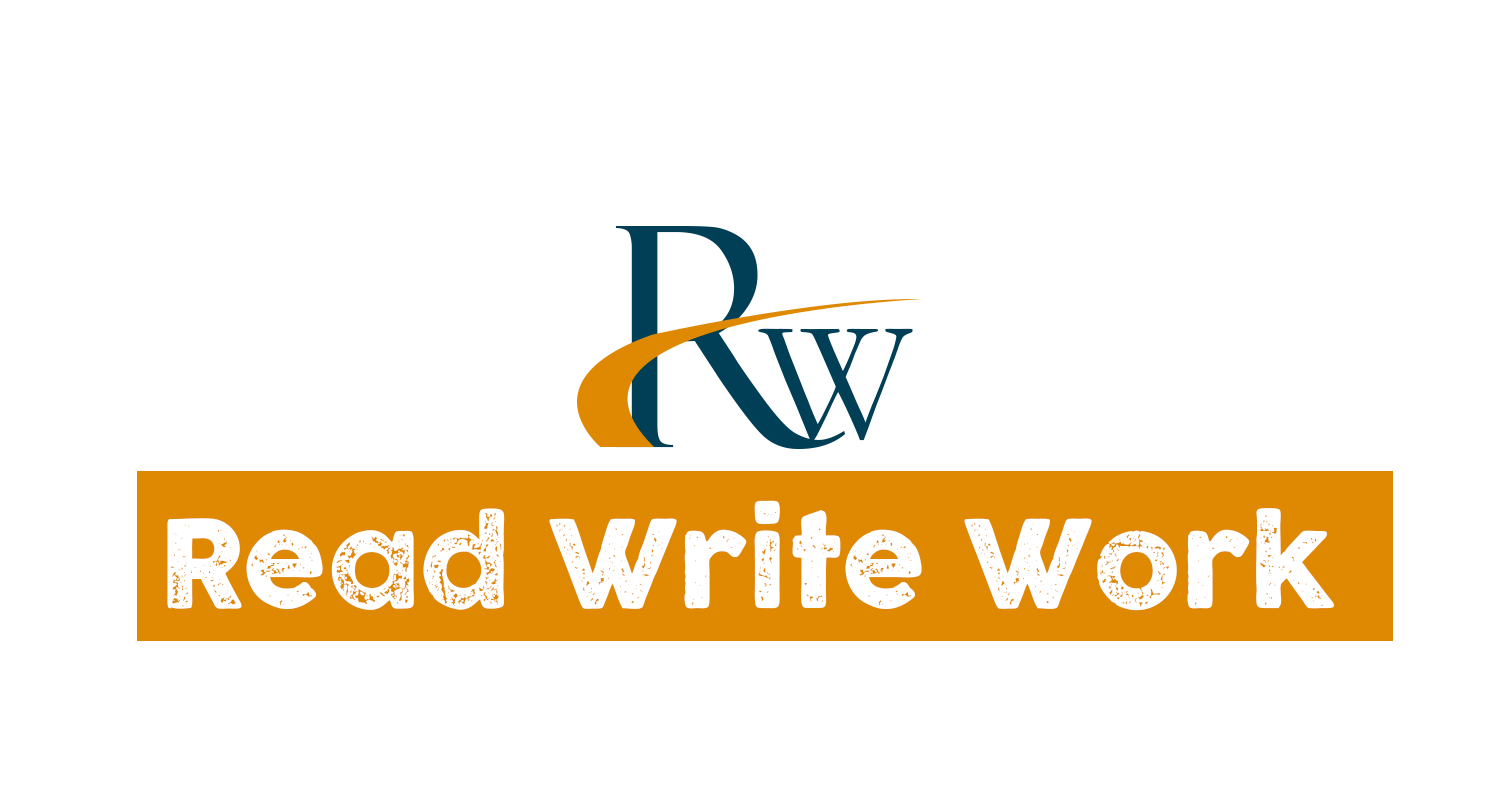Imagine you are an explorer, standing at the edge of a vast, uncharted jungle. Your goal is not to find a single, specific treasure, but to map the entire ecosystem. You have a thousand different tools: a barometer, a soil sampler, a microphone for animal calls, a spectrometer for light. The data is overwhelming, a cacophony of measurements. You soon realize that many of your tools are redundant; the humidity gauge and the dew collector tell the same story. Others, like the microphone picking up only the wind, are just noise. Your mission is to decide which instruments are essential to understand the jungle’s true structure, without a predefined treasure to guide you. This is the profound challenge of Unsupervised Feature Selection: reducing dimensionality in a landscape without labels.
The Art of Pruning: Why Less is More
In our jungle metaphor, carrying every tool is not just inefficient; it’s dangerous. It slows you down and clouds your judgment. Similarly, in high-dimensional data, redundant or irrelevant features, known as the “curse of dimensionality”, create a computational quagmire. They make patterns harder to find, like trying to spot a specific tree in a forest of millions. Unsupervised Feature Selection is the disciplined art of pruning. It isn’t about predicting a specific outcome (like the location of gold); it’s about identifying the most informative variables that faithfully represent the data’s intrinsic structure. The goal is to discard the “dew collectors” and “wind microphones,” keeping only the core set of tools that, together, can map the terrain’s fundamental contours.
Case Study 1: The Geneticist’s Compass
A geneticist is studying a rare disease, analyzing the expressions of 20,000 genes from a cohort of patients. There is no simple “disease” or “no disease” label; the patients present a complex spectrum of symptoms. Using unsupervised feature selection is like using a compass that points to magnetic north; it finds direction without a final destination. Methods like Laplacian Score or Variance Threshold act as this compass, identifying the handful of genes that vary the most significantly across the entire population. These genes aren’t linked to a single label, but they form the fundamental axes of variation. They might reveal a core biological pathway that differentiates patient subgroups, guiding the geneticist toward a previously unknown disease classification, a discovery impossible amid the noise of all 20,000 genes.
Case Study 2: The Curator’s Keystone Collection
The digital curator of a massive art archive wants to create an intuitive, searchable gallery based on the visual properties of millions of images. Each image has thousands of features: color histograms, texture scores, and edge densities. Manually tagging them is unthinkable. Unsupervised feature selection steps in as the master curator. It employs techniques like feature clustering or matrix factorization to find the “keystone” features. It might discover that a specific combination of color saturation and line curvature is what truly distinguishes a Renaissance portrait from a Cubist abstract. By selecting only these keystone features, the curator builds a clean, powerful search engine that clusters art by its visual DNA, creating a seamless user experience from a chaotic digital warehouse.
Case Study 3: The Market Analyst’s Essential Toolkit
An e-commerce giant has data on every conceivable customer interaction: clicks, mouse-hovers, time on page, cart additions, wishlist saves, and more. The goal is to segment customers for targeted marketing, but there is no single “will buy” label to predict. The data is a jungle of behaviors. Unsupervised feature selection acts as the analyst’s essential toolkit. A method like Principal Component Analysis (PCA) can distil hundreds of behavioral metrics into a few “super-features.” Perhaps it finds that one super-feature represents “browsing intensity” and another represents “purchasing impulsivity.” By reducing the dimensionality to these core, uncorrelated concepts, the analyst can clearly identify distinct customer tribes, the “window shoppers” versus the “flash buyers”, enabling hyper-efficient marketing strategies. Mastering such powerful dimensionality reduction is a key reason analysts pursue a top-tier data science course in Hyderabad, seeking to move beyond basic analytics.
The Symphony of Structure
Unsupervised Feature Selection is not about finding an answer key. It is about composing a symphony from a cacophony of instruments. It is the process of silencing the redundant brass and the screeching strings to let the core melody of the data—its hidden clusters, its latent patterns, its true structure emerge with clarity and power. In a world drowning in data but starving for insight, this ability to simplify without oversimplifying is paramount. It is the foundational skill that transforms a bewildering wilderness of numbers into a navigable and meaningful map, a skill that is thoroughly cultivated in a comprehensive data science course in Hyderabad. By learning to select what truly matters, we empower ourselves to see the profound stories our data is waiting to tell.







